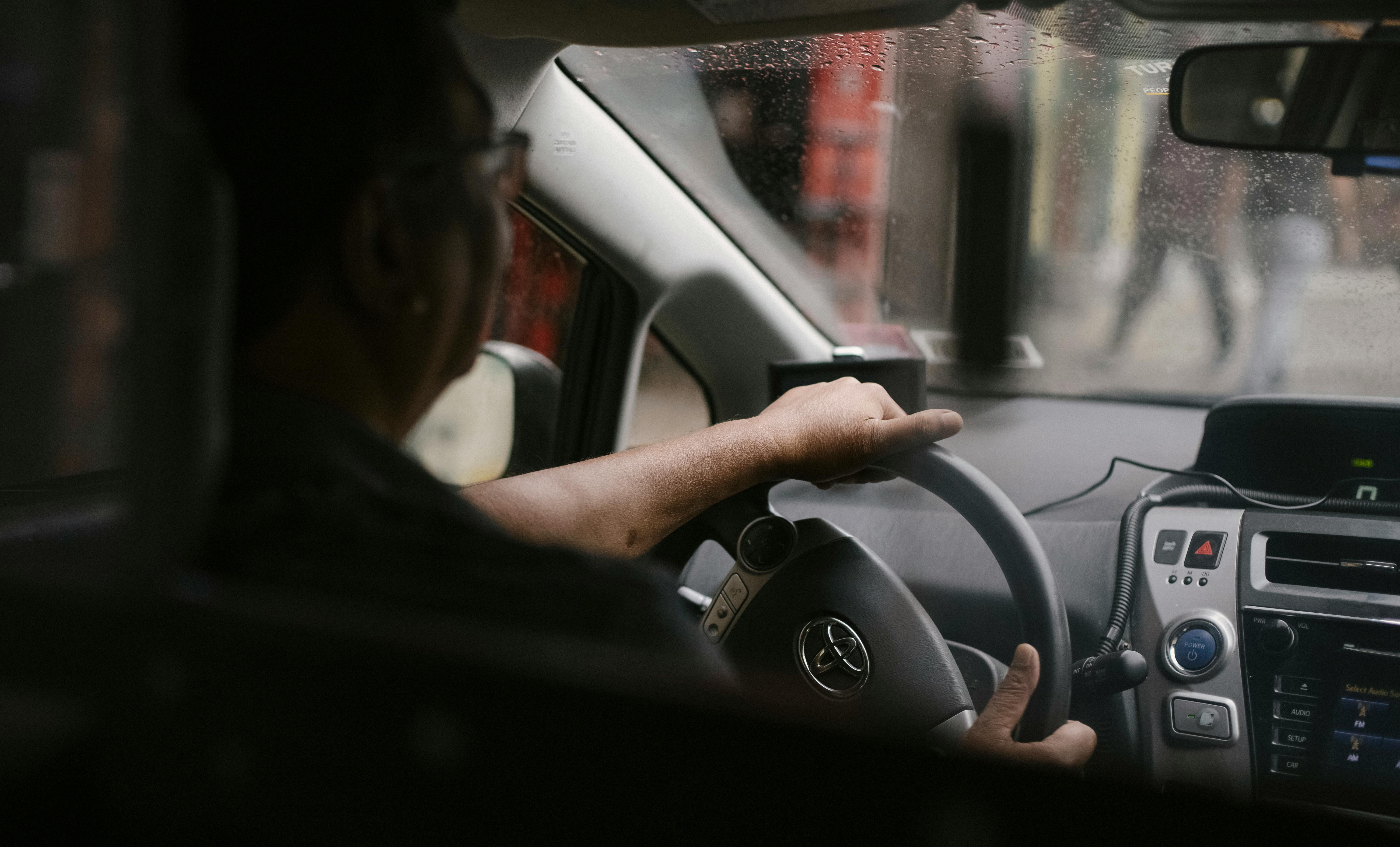
5 simple tips for trouble-free driving in winter
admin
- 0
Winter can be one of the most challenging seasons to drive. Weather extremes can include heavy snowfall, freezing fog, reduced visibility, slippery road conditions and more. But it is also a time when many of us are still very busy, especially when preparing for Christmas and New Years.
While it is important to prepare well for winter driving and take all necessary safety precautions, this does not have to be difficult or time consuming.
With the simple but highly effective tips below, you can prepare your car for the challenges of winter and enjoy a smooth driving season.
TIP 1: Book early
As the busy holiday season of Halloween, Bonfire Night and Christmas approaches, the demand for services may be greater than ever. This is also true for everything related to the automotive industry.
If you are in dire need of a repair or service, consider booking early to avoid disappointment. Many shops are currently experiencing busy periods and may have weeks of lead time to consider.
This is also the case for driving tests, which have seen a huge backlog since the lockdown, when social distancing made taking the test difficult or even impossible.
Leaving a problem too late, such as a problem that later makes the car unsafe to drive, can be a huge inconvenience. To avoid disappointment, try to book necessary services and appointments well in advance.
TIP 2: Reduce your driving
Whenever possible, it can be helpful to reduce your winter driving to include only essential trips.
Meeting essential travel can be safer and more environmentally friendly. You won’t contribute to additional congestion on the roads or risk dangerous conditions here, for example.
If you use your car for work or business deliveries, consider delegating or outsourcing where possible. For example, more companies than ever before are switching to professional couriers to reduce their own driving.
Cutting back on your driving, or at least driving in a more fuel-efficient way, is a great way to cut your overall expenses and also keep your winter budget in check. This is especially important due to certain additional seasonal costs, such as holiday shopping and increased heating bills, for example.
TIP 3: Make minor repairs
It can be tempting to skip a car service until we discover we have a serious problem that needs to be addressed. But taking early action can be safer and more cost-effective in the long run.
Winter weather often exacerbates existing complications. It can turn small problems into big problems in a short space of time and leave you in dire need of service at a busy time of year.
You can avoid this problem by making a realistic assessment of what’s currently bothering you about your car – unusual sounds, scuffling or a crack in the windshield, for example – and then book a reputable shop to fix it all.
Solving minor problems is a great way to reduce the chance of a major issue later, as the weather gets more severe.
TIP 4: Be Prepared
There is no better way to deal with an emergency or inconvenience than to be prepared for it in advance. Any change in season, and perhaps especially winter, is a good time to take steps to prepare your car.
This can include making sure you have up-to-date breakdown coverage or roadside rescue in case of an emergency, as well as packing your own essential gear. A kit can include antifreeze, blankets, a flashlight, a mobile phone charger, water and any other detail for your breakdown coverage.
It may also be worth checking important routes ahead of time in case of detours or accidents, and reserving extra time for travel in bad weather. This can be especially important for visits to family or to Santa’s Grotto!
Plan ahead, allow extra time, and you’ll be prepared for any eventuality.
TIP 5: Protect your car
The winter season can be exhausting for a car. Damage can be caused by excess moisture, frost, rust, and more.
Take extra steps to prepare and protect your car when possible, such as investing in a car cover, using a garage, or simply parking safely such as away from trees in windy conditions.
You could also invest in specialized winter tires with the safest tread depth, build a regular inspection process into your routine to identify any problems, and make sure to clean your lights and windshields of any debris.

